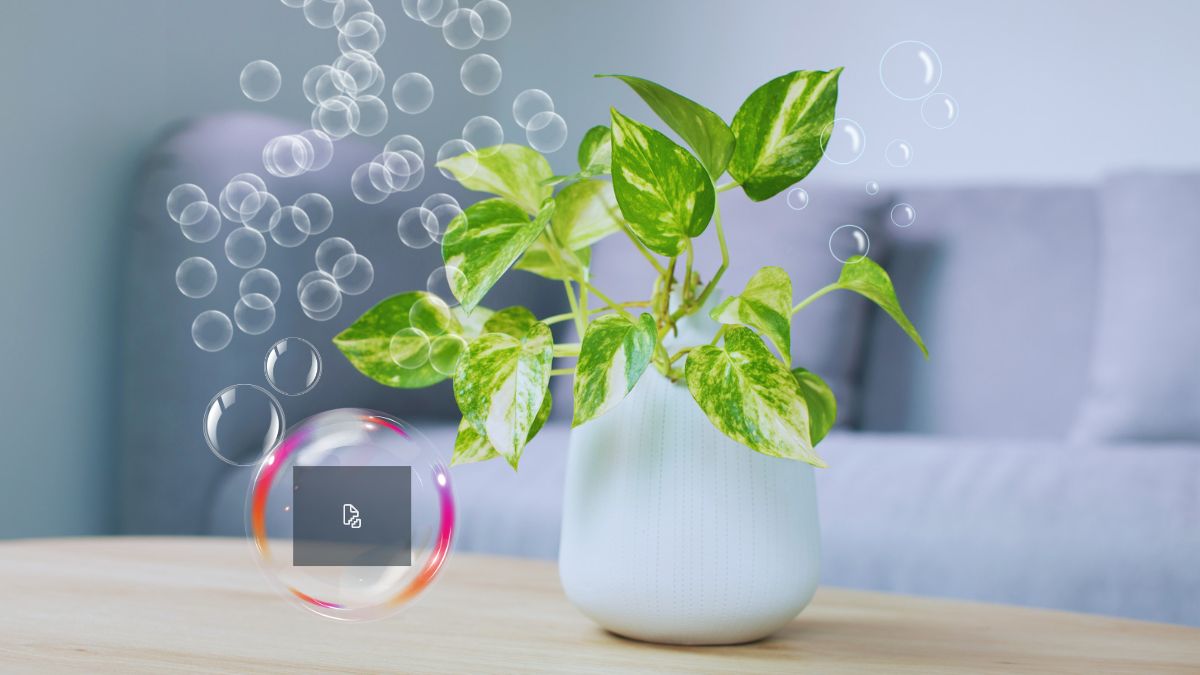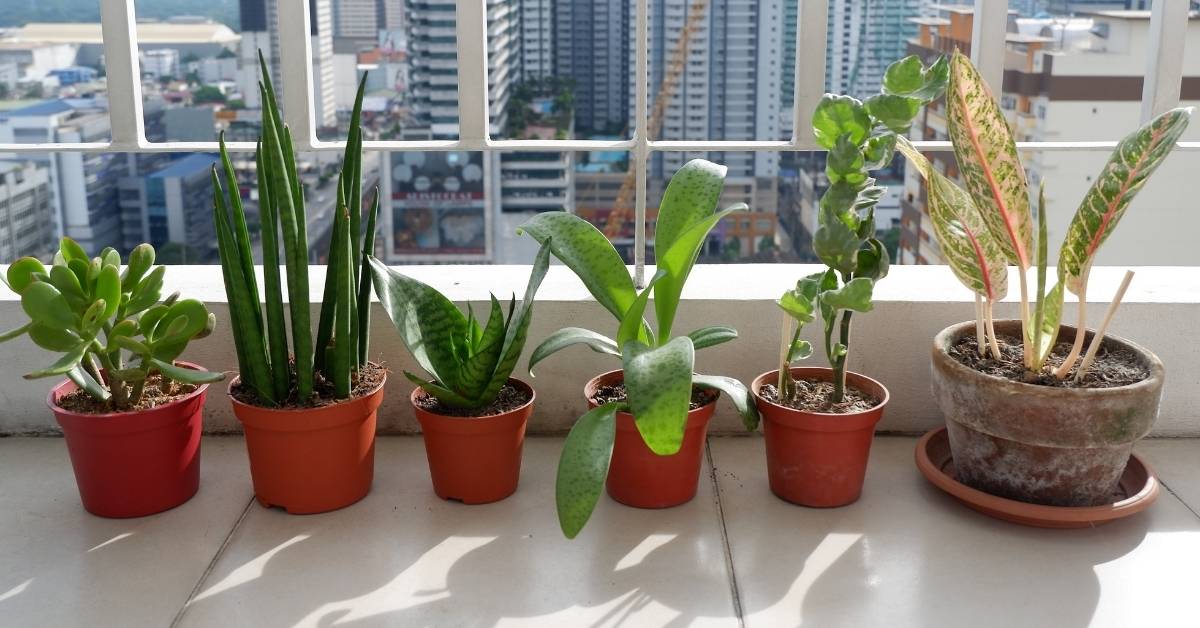Do you love gardening but feel like you don’t have enough space, time, or resources to grow your own plants?
Do you wish you could bring some greenery and nature into your home or office but don’t know how to do it? If you answered yes to any of these questions, then terrarium gardening might be the perfect solution for you.
Terrarium gardening is the art of growing miniature gardens in glass containers, such as jars, bottles, bowls, or aquariums. It’s a fun and easy way to create your own little oasis of plants that can thrive in any indoor environment.
Even if you live in a small apartment with poor lighting, you can bring the joy of gardening into your home with a terrarium garden. You can even start a terrarium business for a decent income.
Because these delightful gardens are entirely enclosed in glass, you can control everything from moisture to lighting with relative ease. Depending on the container and plants that you choose, you can start a miniature indoor garden at little or no cost.
In this article, we will show you how to get started with terrarium gardening, from choosing the right container and plants to landscaping and decorating your terrarium to caring for and maintaining your terrarium. Whether you want to grow a tropical rainforest, a desert landscape, or a fairy garden, you can do it with terrarium gardening.
Read on to find out how!
What is terrarium gardening?
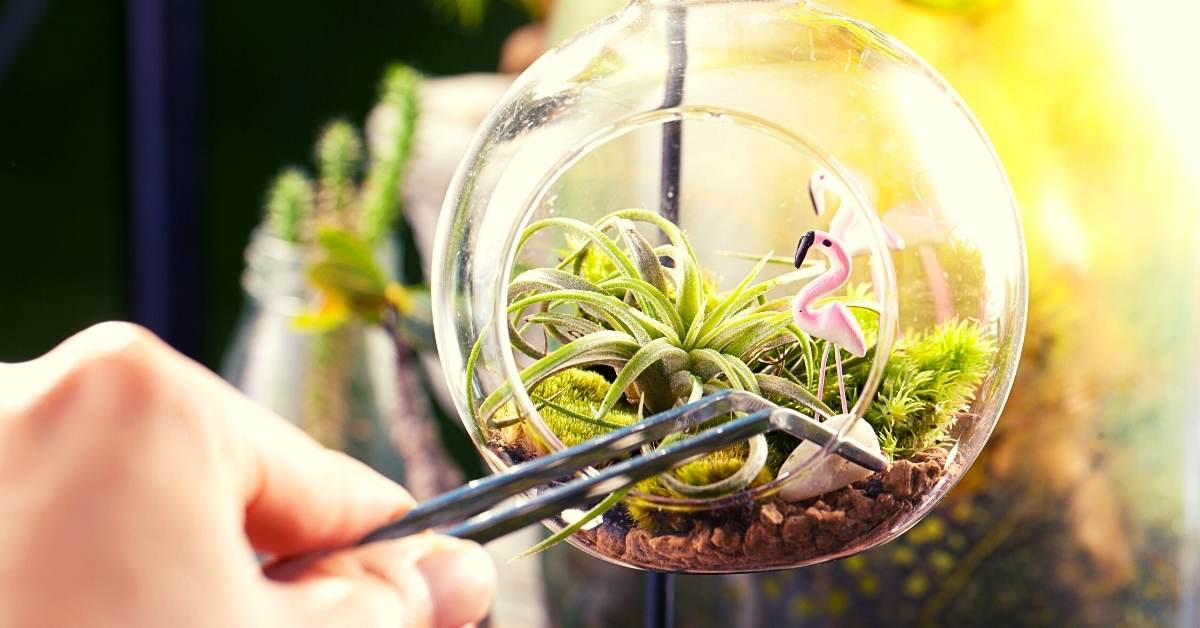
Terrarium gardening is a form of container gardening that involves growing plants in transparent, sealed or unsealed glass vessels. Terrariums create a microcosm of natural ecosystems where plants can exchange moisture, oxygen, and carbon dioxide with the air inside the container. Terrariums can be classified into two types: closed and open.
Closed terrariums have a lid or cover that traps the moisture inside, creating a humid and moist environment for the plants. Open terrariums have no lid or cover, allowing air circulation and evaporation, creating a dry and airy environment for the plants.
Terrarium gardening offers many benefits, such as saving space, controlling moisture and lighting, reducing pests and diseases, and enhancing aesthetic appeal.
Terrarium gardening also requires minimal maintenance, as terrariums are mostly self-sustaining and only need occasional watering, pruning, and cleaning. Terrarium gardening is suitable for anyone who wants to enjoy the beauty and benefits of gardening in a small space.
Benefits of Terrarium Gardening
Terrarium gardening is not only a fun and creative hobby but also a great way to enjoy the benefits of gardening in a small space. The benefits of terrarium gardening we could mention are:
You can grow plants that may not survive in your climate or outdoor environment, such as tropical or succulent plants.
You can create a microclimate that suits your plants’ needs by adjusting the moisture, temperature, and light levels inside the terrarium.
You can save water and reduce pests and diseases, as terrariums are mostly self-sustaining and require minimal maintenance.
You can express your personality and style by choosing different containers, plants, and decorations for your terrariums.
You can enjoy the therapeutic effects of gardening, such as reducing stress, improving mood, and enhancing creativity.
Types of Terrariums
One of the first things you need to decide when starting a terrarium garden is what type of terrarium you want to create. As I mentioned before, there are two main types of terrariums: closed and open. Each type has its own advantages and disadvantages, as well as different requirements for plants and maintenance. Here is a detailed comparison of the two types of terrariums:
Closed terrariums:
Closed terrariums are glass containers that have a lid or cover that seals the container, creating a closed system. This means that the moisture inside the terrarium is recycled through condensation and evaporation, forming a humid and moist environment for the plants.
Closed terrariums are ideal for plants that need high humidity and low light, such as ferns, mosses, orchids, begonias, carnivorous plants, and some tropical plants. Closed terrariums also have some benefits, such as:
- They require less watering, as the moisture is retained inside the container.
- They prevent pests and diseases from entering or spreading inside the terrarium.
- They create a unique and fascinating display of natural processes, such as the water cycle.
However, closed terrariums also have some drawbacks, such as:
- They can be tricky to balance, as too much or too little moisture can cause problems for the plants.
- They can overheat or scorch the plants if exposed to direct sunlight or too much heat.
- They can limit the variety of plants that can be grown, as not all plants can tolerate high humidity and low light.
Some examples of closed terrariums are:
- A glass jar with a cork lid that contains a miniature rainforest of ferns, mosses, and orchids.
- A glass bottle with a metal cap that contains a carnivorous bog of pitcher plants, sundews, and Venus flytraps.
- A glass bowl with a glass dish that contains a woodland scene of begonias, ivies, and mushrooms.
Open terrariums:
Open terrariums are glass containers that have no lid or cover, allowing air circulation and evaporation, creating an open system. This means that the moisture inside the terrarium is lost to the air, forming a dry and airy environment for the plants.
Open terrariums are ideal for plants that need low humidity and high light, such as cacti, succulents, air plants, jade plants, and some desert plants. Open terrariums also have some benefits, such as:
- They are easier to balance, as they allow excess moisture to escape and prevent fungal growth or rotting.
- They can handle more light and heat, as they do not trap them inside the container.
- They offer more variety of plants that can be grown, as many plants can adapt to dry and airy conditions.
However, open terrariums also have some drawbacks, such as:
- They require more watering, as the moisture is lost to the air.
- They can attract pests and diseases from outside or inside the terrarium.
- They can dry out or wilt the plants if exposed to low humidity or cold drafts.
Some examples of open terrariums are:
- A glass bowl with no lid that contains a desert landscape of cacti, succulents, and rocks.
- A glass vase with no lid that contains an airy garden of air plants, mosses, and driftwood.
- A glass cube with no lid that contains a modern arrangement of jade plants, pebbles, and geometric shapes.
Selecting a Container for Terrarium Gardening
You can grow a terrarium garden in any type of glass container, from a small glass tumbler to a tropical fish aquarium. As long as the container allows light to pass through the sides and doesn’t leak, you should be able to use it for this purpose.
Visit neighborhood auctions or flea markets, and you’ll find all kinds of plastic and glass containers in interesting shapes and different sizes. It’s also helpful to have some kind of lid for the terrarium – if you need to close the container to preserve moisture, a glass dish or lid will work well.
Suitable Plants
When planting your terrarium, you’ll want to find plants that are tolerant of living indoors and small enough to fit comfortably in your terrarium. Before purchasing plants or seeds, it’s very important to learn about soil drainage requirements and optimal lighting conditions for each potential plant.
In particular, if you decide to have more than one type of plant in your terrarium, it’s essential to make sure that they are compatible in these areas.
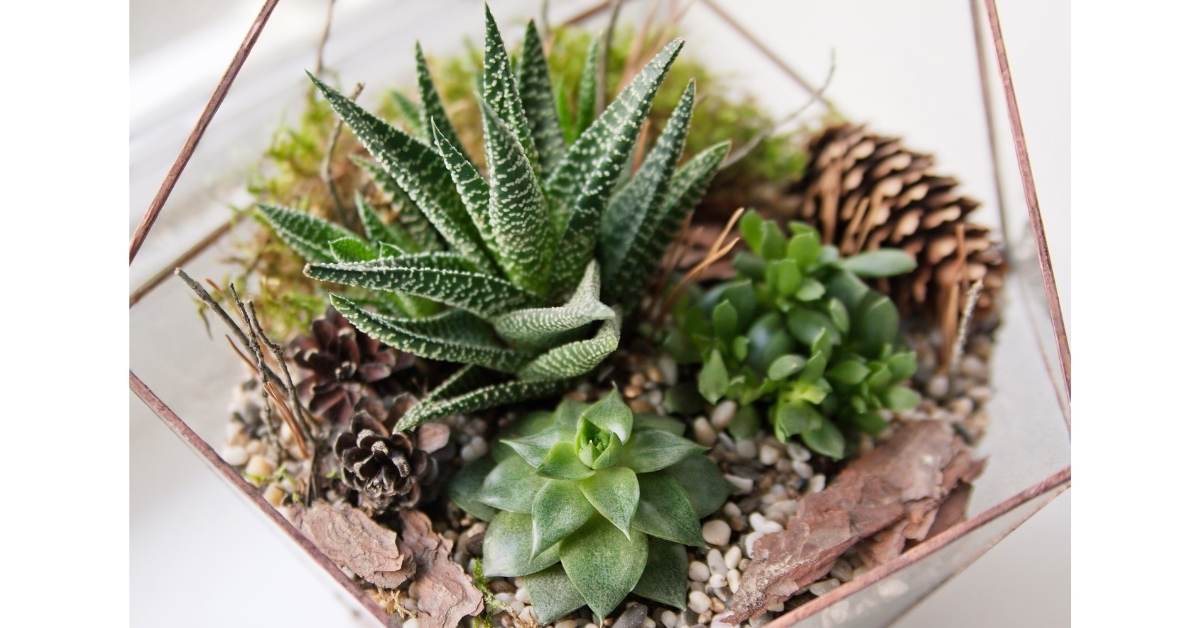
If you start your plants from seeds, you’ll be able to prune them back and keep them growing with relative ease. Depending on how you landscape your terrarium, you may even be able to combine water-loving plants like bamboo with moss roses, alyssums, or miniature African violets.
You may also want to look around and see if you can find some ultra mini roses. If your terrarium is large enough, you can try growing smaller herb plants like parsley or miniature strawberries.
How to Care for Your Terrarium
Once you have set up your terrarium, you need to take care of it to keep it healthy and beautiful. Here are some basic tips on how to care for your terrarium:
Watering:
Water your terrarium sparingly and only when the soil is dry. Avoid overwatering or under-watering your plants, as this can cause root rot or dehydration. Use a spray bottle or a dropper to water your plants gently and evenly. For closed terrariums, you may need to water them less often than open terrariums, as they retain more moisture inside.
Lighting:
Place your terrarium in a bright spot that receives indirect sunlight or artificial light. Avoid direct sunlight or too much heat, as this can scorch or wilt your plants. Rotate your terrarium occasionally to ensure even growth and prevent leaning.
Pruning:
Prune your plants regularly to maintain their shape and size. Remove any dead or diseased leaves or stems to prevent infection or decay. Trim any overgrown or leggy plants to encourage bushy growth and prevent overcrowding.
Cleaning:
Clean your terrarium periodically to remove any dust, dirt, or debris that may accumulate on the glass or the plants. Use a soft cloth or a brush to wipe the glass gently. Use tweezers or a small tool to remove any fallen leaves or debris from the soil or the plants.
Landscaping and Decorations
Aside from adding plants, you may also want to add small pieces of driftwood, colorful stones, seashells, or other objects for decoration. With a little bit of care and attention to detail, you may even be able to construct a small stream or create beautiful lawns of green moss.
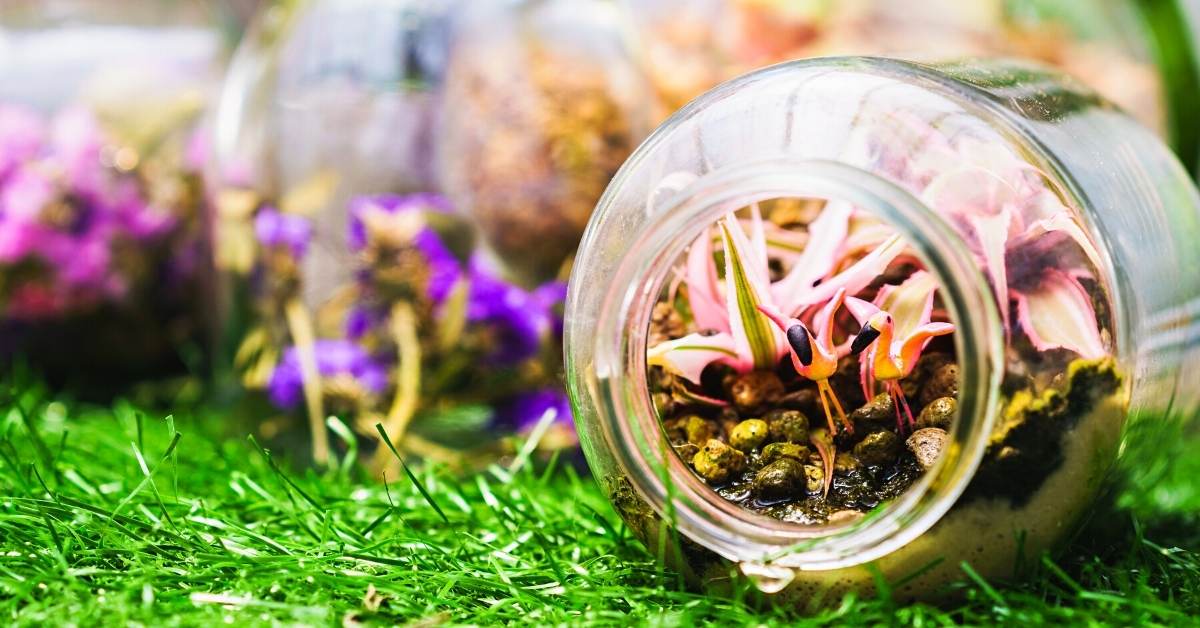
Landscaping your terrarium garden will provide you with hours of entertainment as you decide on its theme and work to build it. However, if you’re going to construct a complicated landscape, make sure that any built-up surfaces or other design elements will retain their form as the plants grow.
If you love gardening but don’t have a lot of time or space for an outdoor garden, a terrarium garden may be ideal. Aside from giving you an opportunity to have a garden in a very small amount of space, you’ll also enjoy preparing the terrarium and planning every aspect of how it will look.
You may even find that you want to have several of these gardens based on all different kinds of themes.
Conclusion
Terrarium gardening is a wonderful way to enjoy the beauty and benefits of gardening in a small space. You can create your own miniature gardens in glass containers using different types of plants and decorations.
You can also control the moisture, temperature, and light levels inside your terrariums, making them suitable for any indoor environment. Whether you choose a closed or an open terrarium, you will find that terrarium gardening is a fun and easy hobby that can bring you joy and satisfaction.
Why not give it a try and see for yourself? You may be surprised by how much you can grow in a terrarium!
FAQ
How often should I water my terrarium?
The frequency of watering your terrarium depends on the type of terrarium, the type of plants, and the environmental conditions. As a general rule, you should water your terrarium sparingly and only when the soil is dry.
For closed terrariums, you may need to water them once every few weeks or months, depending on how much condensation forms on the glass. For open terrariums, you may need to water them once every few days or weeks, depending on how quickly the soil dries out. You can use a spray bottle or a dropper to water your plants gently and evenly.
How do I prevent mold or algae from growing in my terrarium?
Mold or algae can grow in your terrarium if there is too much moisture, too little light, or too much organic matter. To prevent mold or algae from growing in your terrarium, you should:
Avoid overwatering or under-watering your plants, as this can cause root rot or dehydration.
Place your terrarium in a bright spot that receives indirect sunlight or artificial light. Avoid direct sunlight or too much heat, as this can scorch or wilt your plants.
Remove any dead or diseased leaves or stems from your plants and from the soil. This will prevent infection or decay and reduce the amount of organic matter that can feed mold or algae.
Clean your terrarium periodically to remove any dust, dirt, or debris that may accumulate on the glass or the plants. Use a soft cloth or a brush to wipe the glass gently. Use tweezers or a small tool to remove any fallen leaves or debris from the soil or the plants.
How do I choose the best plants for my terrarium?
The best plants for your terrarium are those that are tolerant of living indoors and small enough to fit comfortably in your terrarium. Before choosing plants for your terrarium, you should consider:
The type of terrarium you have: closed or open. Closed terrariums are best for plants that need high humidity and low light, such as ferns, mosses, orchids, begonias, carnivorous plants, etc. Open terrariums are best for plants that need low humidity and high light, such as cacti, succulents, air plants, jade plants, etc.
The size of your container: small or large. Small containers are best for plants that have shallow roots and slow growth rates, such as mosses, air plants, succulents, etc. Large containers are best for plants that have deeper roots and faster growth rates, such as ferns, orchids, ivies, etc.
The compatibility of your plants: similar or different. If you want to have more than one type of plant in your terrarium, you should make sure that they have similar requirements for soil drainage, moisture, temperature, and light. Otherwise, they may compete with each other or harm each other.
